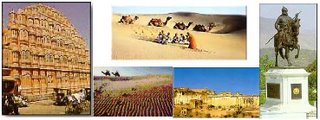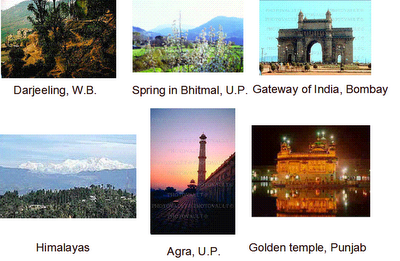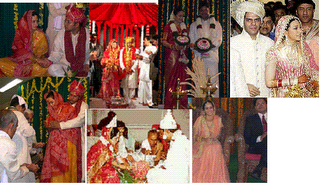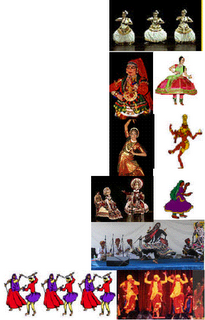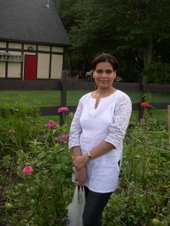
India's Economy Encompasses:
Traditional village farming, modern agriculture, handicrafts, Wide range of modern industries, a multitude of support services.
Average growth rate: 6% since 1990
GDP Real Growth Rate: 8.3%
GDP - Composition by Sector:
- Agriculture: 23.6%
- Industry: 28.4%
- Services: 48%
Agriculture Products:
- Rice, wheat, oilseed, cotton, jute, tea, sugarcane, potatoes; cattle, water buffalo, sheep, goats, poultry, fish
Industries:
Textiles, chemicals, food processing, steel, transportation equipment, cement, mining, petroleum, machinery, software
Industrial Growth rate: 6.5%
